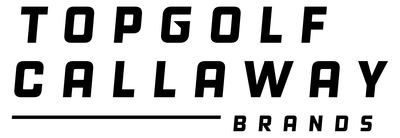Normal Eye Pressure – NEWS CHANNEL NEBRASKA
, 2022-11-20 00:55:35,
WN Lifestyle Home – Health
Photo from Unsplash Originally Posted On: https://mycorneacare.com/glossary/normal-eye-pressure/
What is a Normal Eye Pressure?
Eye pressure, also called intraocular pressure (IOP) refers to the fluid pressure within the eye. Aqueous fluid is produced within the eye and should flow out through the trabecular meshwork (TM). Normal intraocular pressures average from 12-21 mmHg. The “mm Hg” refers to millimeters of mercury, and is the unit of measurement for recording eye pressure. Any IOP readings that exceed 21 mm Hg is considered ocular hypertension. Normal eye pressure can be affected by a problem in the drainage of fluid produced in the eye.
- Normal IOP depends on a balance between aqueous production and outflow.
- Normal intraocular pressure is 12-21 mmHg.
- Goldmann applanation tonometry is the most accurate and consistent way to measure intraocular pressure.
Understanding Normal Eye Pressure
The purpose of the aqueous humor is to nourish specific structures in the front part of the eye, including the lens and parts of the iris and cornea. It also retains the structure of the eye by maintaining the eye pressure so that it does not collapse. In order to maintain a normal eye pressure, the rate of aqueous production must be equivalent to aqueous outflow through the TM. The drainage system or TM must remain clear and intact to maintain normal IOP.
Normal Eye Pressure Range
The normal eye pressure range for adults is 12-21 mmHg, and can vary hourly, daily and weekly.
Factors Affecting Normal Eye Pressure
Corneal thickness, age, medications, systemic diseases, race, family history, history of trauma, and metabolic syndromes can affect normal eye pressure.
The most accurate and consistent way to measure eye pressure is through regular comprehensive eye exams. An accurate IOP measurement is essential to the diagnosis of glaucoma and to assess the efficacy of glaucoma treatment. The most common methods of measuring eye pressure are Goldmann applanation tonometry, non-contact tonometry, and tonopen.
Goldmann Applanation Tonometry Test
The Goldmann applanation tonometry test is the most commonly used and is considered the most reliable way to measure IOP. It is the standard of care for individuals with glaucoma or a glaucoma suspect. An applicator will…
To read the original article, go to Click here
[ad_1]





